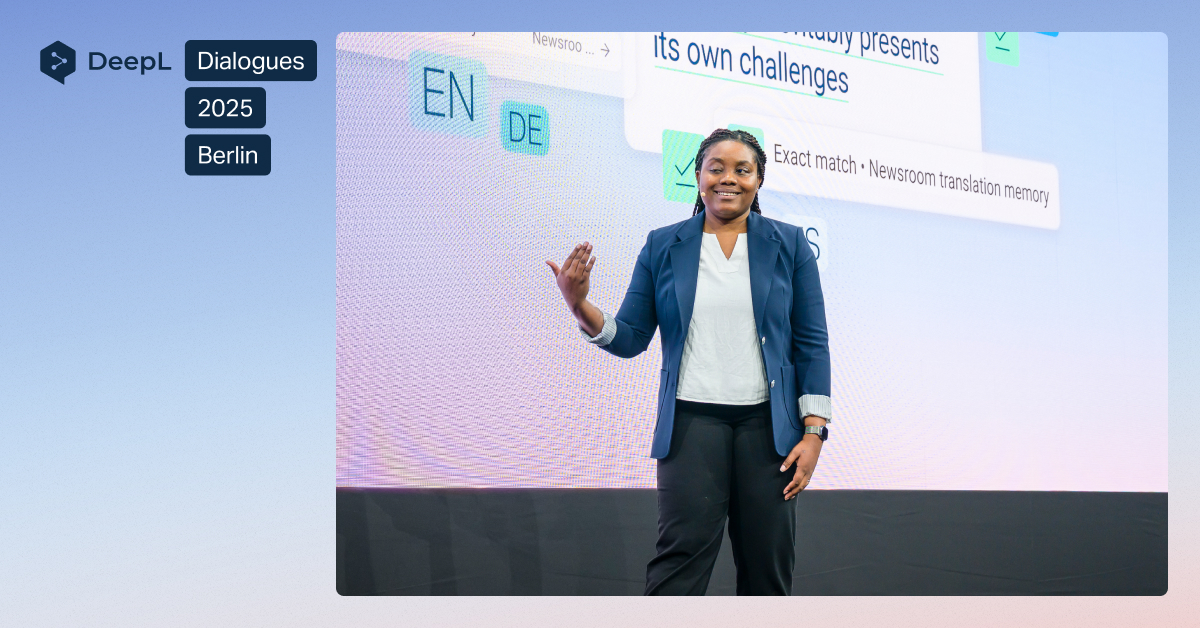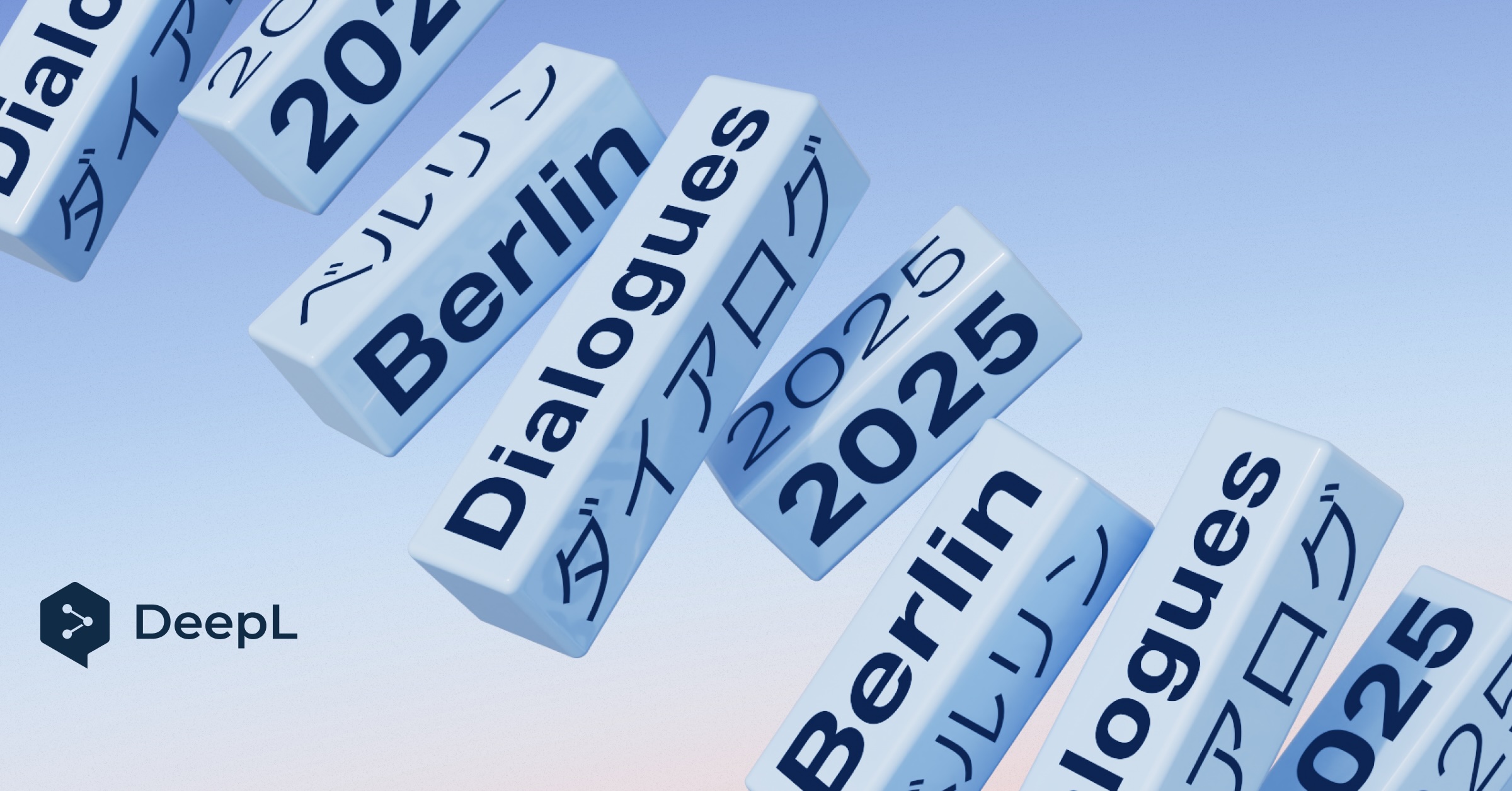DeepL Blog
At DeepL, we power global communication through cutting-edge artificial intelligence solutions, including our core product, the DeepL Translator. Here on the DeepL Blog, we'll keep you updated on the latest developments in AI, our product offerings, and how we enable seamless communication—wherever people do business.
Further information about DeepL and our history can be found on our press page.

How we launched over 70 new languages on DeepL
Learn how DeepL launched over 70 new languages, tripling its offerings through team collaboration. This post highlights innovative language models and user experience enhancements, paving the way for future advancements in translation capabilities.

Global business leaders will make 2026 the year of the AI agent
Global business leaders are embracing agentic AI as a transformative force in 2026. Discover insights from DeepL's research on shifting AI strategies, investment priorities, and the role of AI in boosting productivity and collaboration.

A new era for translation memory: smart matches, accelerated reviews and much bigger impact
Unlock the power of translation memories with DeepL's AI-driven Customization Hub. The new feature enhances translation accuracy and efficiency, saving time for localization teams, while ensuring brand consistency.

Meet DeepL: Inside our Mentoring Program
At DeepL, mentoring brings our people together to learn, grow, and support each other. Explore how our new mentoring program is shaping careers, strengthening connections, and inspiring shared success.

DeepL leaders’ AI predictions for 2026
Discover DeepL's executive predictions into AI's transformative journey for 2026. Learn how agentic AI will reshape workflows, enhance decision-making, and drive growth across industries.

Meet DeepL: The traits we look for in employees
Discover the mindsets that help people thrive at DeepL — from curiosity and ownership to empathy and growth. Insights from Chief People Officer Sally Sourbron.

Life sciences & Language AI: fast, compliant communication
Learn how Language AI helps life sciences teams move faster, stay compliant, and communicate clearly across global markets.

Customization Hub: Your AI control layer for brand voice and compliance
Discover how DeepL Customization Hub transforms multilingual content creation. With four powerful features, it ensures translations reflect your brand voice, comply with guidelines, and reduce time and costs significantly.

All the big moments from DeepL Dialogues 2025
Discover the highlights from DeepL Dialogues 2025, where visionary speakers explored "Future Fluency" and how AI can maximize human potential. Uncover key insights on transforming work and localization, empowering employees, and bridging communication gaps

Your 5-step guide to scaling websites internationally with the right API
Unlock new markets and enhance global reach through the right translation API. In this 5-step guide, you'll learn how to assess translation needs, balance language quality, implement caching strategies, and build a scalable infrastructure.